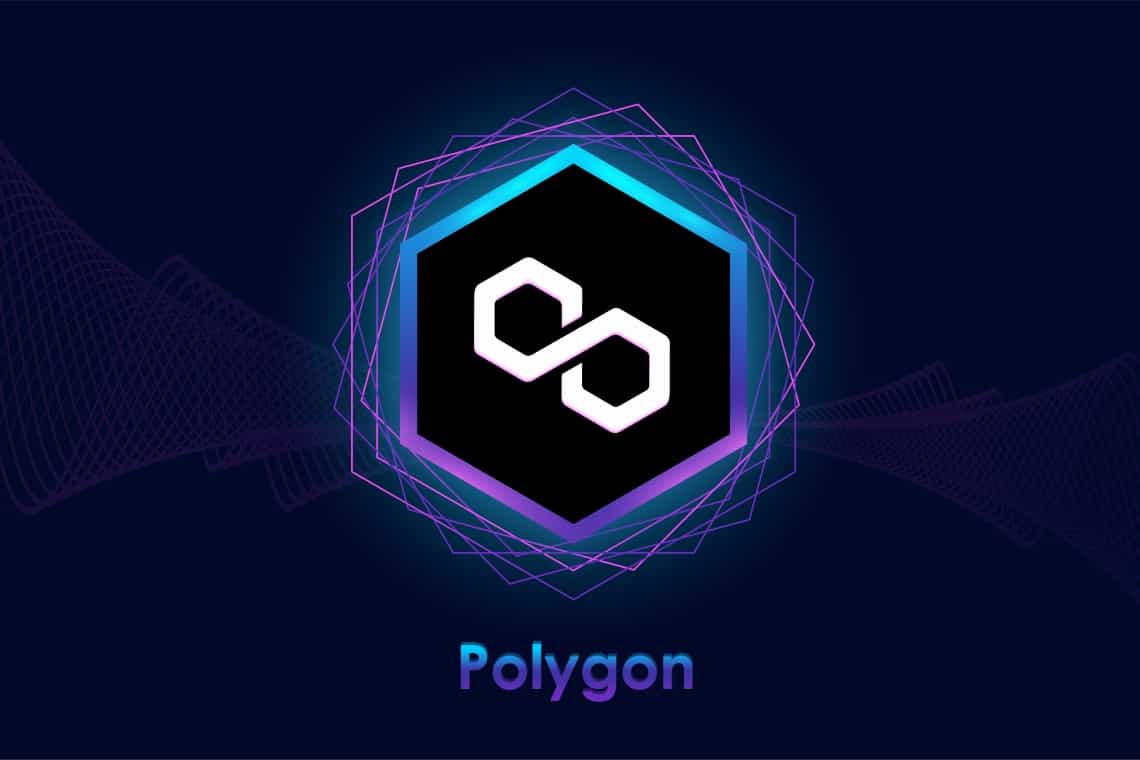The co-founder of Polygon has launched the new AggLayer, a solution that promises to solve critical problems such as latency and liquidity fragmentation.
Summary
What is Polygon AggLayer?
Polygon, previously known as Matic Network, is one of the most relevant platforms in the landscape of scaling solutions for Ethereum. Their mission is to provide more efficient and scalable infrastructures for decentralized applications (dApp).
With the introduction of AggLayer, Polygon aims to further improve the efficiency of the network and address some of the most pressing challenges in the cryptocurrency sector.
Brendan Farmer, co-fondatore di Polygon, ha una solida formazione in matematica e crittografia, competenze che ha messo a frutto nello sviluppo delle soluzioni innovative di Polygon.
During the interview, Farmer explained that the AggLayer is designed to optimize transaction latency and reduce liquidity fragmentation, two issues that currently plague many blockchain networks.
One of the main objectives of AggLayer is to reduce transaction latency. Latency refers to the time that elapses between the initiation of a transaction and its final confirmation on the blockchain. This time can vary significantly depending on network congestion and the system’s capacity to process transactions.
Farmer highlighted that the structure of AggLayer allows for faster and more efficient transaction processing. By using advanced aggregation techniques, AggLayer is able to combine multiple transactions into a single operation, thus reducing the time required for confirmation. This not only improves the user experience but also increases the network’s capacity to handle a high volume of transactions without significant slowdowns.
Resolution of liquidity fragmentation
Another crucial problem that AggLayer intends to address is the fragmentation of liquidity. In decentralized networks, liquidity is often dispersed across different protocols and platforms, making it difficult for users to find the best trading opportunities and for projects to obtain the necessary liquidity to operate effectively.
Farmer explained that the AggLayer uses a technique called liquidity aggregation, which allows combining liquidity from different sources into a single pool.
This approach allows users to access a larger market and to carry out transactions with greater efficiency and at lower costs. The concentration of liquidity in a single layer helps to create a more robust and less fragmented ecosystem, benefiting both end users and liquidity providers.
The implications of Polygon’s AggLayer are vast and potentially transformative for the cryptocurrency ecosystem. By reducing transaction latency and improving liquidity management, Polygon can attract a greater number of users and projects, consolidating its position as a leader in the Ethereum scaling solutions sector.
Farmer also mentioned the future possibilities offered by AggLayer. With a more efficient and scalable network, it will be possible to develop more complex and powerful decentralized applications.
Questo potrebbe portare a nuove innovazioni in settori come la finanza decentralizzata (DeFi), i token non fungibili (NFT) e molti altri ambiti della tecnologia blockchain.
Conclusions
The introduction of Polygon’s AggLayer represents a significant step forward in the improvement of blockchain infrastructures.
With its focus on reducing latency and addressing liquidity fragmentation, AggLayer has the potential to make transactions faster and more efficient, paving the way for greater adoption of cryptocurrencies and decentralized technologies.
Brendan Farmer and the Polygon team are proving to be at the forefront of technological innovation, constantly working to overcome existing challenges and improve the user experience.
While the cryptocurrency sector continues to evolve, initiatives like AggLayer will be crucial to ensure its sustainability and long-term growth.
Ultimately, l’AggLayer is not just a technical solution, but a promise of a more efficient and integrated future for blockchain networks, where speed and liquidity will no longer be an obstacle, but a springboard towards new opportunities.




